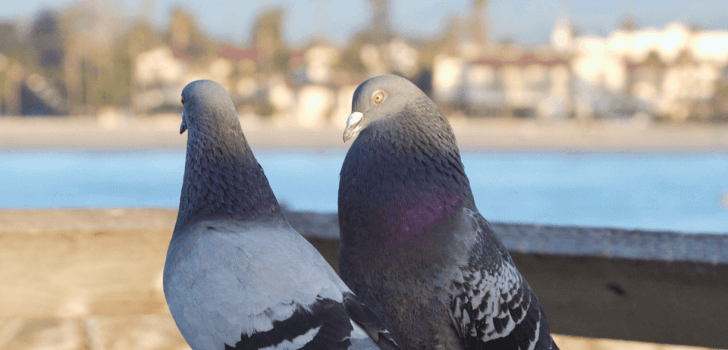Pigeons get a bad rap for being on the lower end of the intelligence scale in the aviary family. However, this reputation is not well-deserved. For one, the birds are known for their ability to count in groups of three, and can recognize themselves in a mirror. Pigeons can even determine whether or not two different paintings were made by the same artist. And now, the birds are actually diagnosing cancer.
Researchers at the University of California have managed to train pigeons to distinguish between benign and malignant tumors in medical images. Indeed, the birds can tell the difference between a harmless tumor and an aggressive form of cancer.
The researchers trained the birds using methods of differential food reinforcement. The pigeons were trained by looking at images of growths on human breasts. They were quickly able to generalize images to separate cancerous growths from benign growths. The researchers found that the histological accuracy of the birds was similar to that of humans.
However, the birds were somewhat affected by the presence or absence of color in the images, though the researchers believe that this could be overcome with additional training. Also, while the birds can detect cancer, they cannot separate it into different classes.
So while the birds are unlikely to replace the humans working in radiology departments, the pigeons could come in handy for medical perception studies that take place in the future. Indeed, pigeons could be used as suitable substitutes for human observers. Using the birds instead of humans could save the departments thousands of dollars, since it’s likely that the birds would be willing to work for birdseed instead of cash.
Such tasks, while very important, are generally considered to be routine and mundane for radiology departments. Allowing pigeons to work with easily identifiable images could be an excellent solution. Plus, pigeons are said to be extremely diligent workers who can go for hours on end with little breaks. There just might be something to the idea of a laboratory pigeon.
Stay Connected